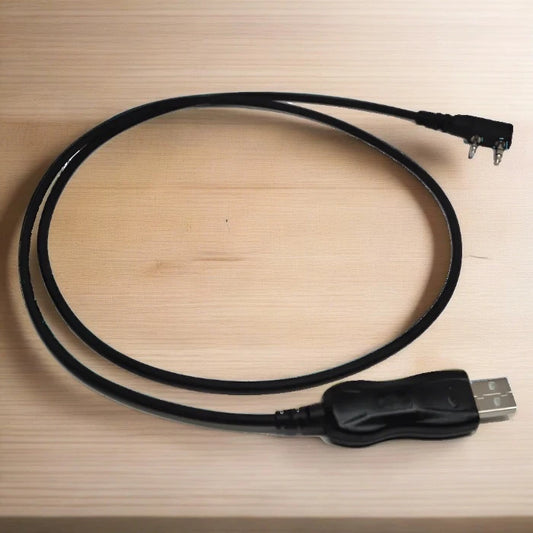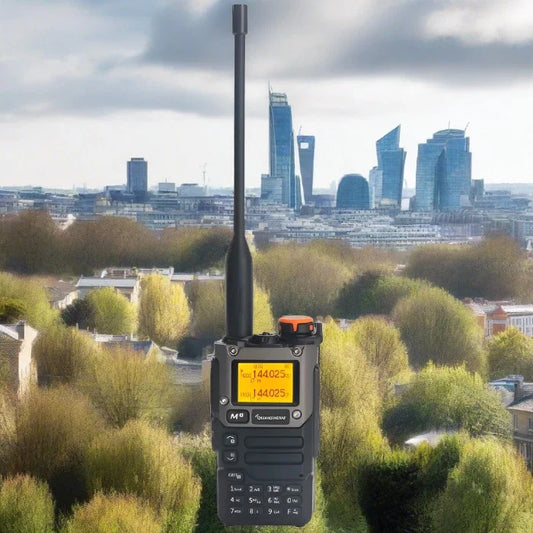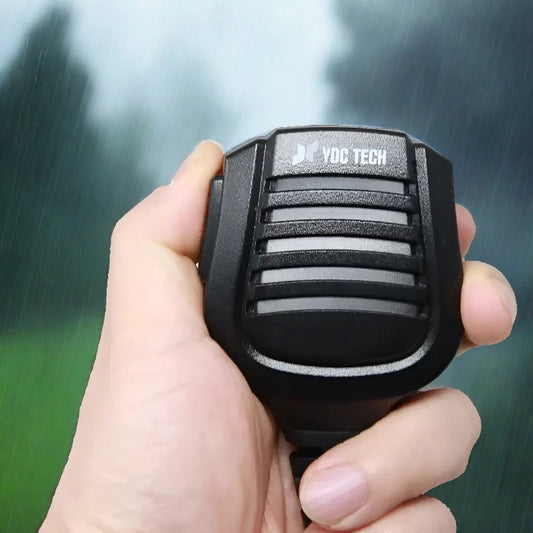A dipole antenna is a simple yet effective antenna that consists of two conductive elements, usually made of wire, that are positioned parallel to each other and separated by a gap. When an alternating current (AC) is applied to the dipole, it generates an electromagnetic field that radiates energy into space.
To build a dipole antenna, you will need the following materials:
- Wire (preferably copper or aluminum) with a diameter of about 1.6 mm (14 AWG)
- Insulators (such as plastic or ceramic) to support the wire and prevent it from coming into contact with other objects
- Coaxial cable (with an impedance of 50 ohms) to connect the antenna to the radio
The length of each element of the dipole antenna depends on the frequency of operation. The formula to calculate the length of a half-wave dipole is:
Length (in meters) = 143 / frequency (in MHz)
For example, for the 20m band (14.0 - 14.35 MHz), the length of each element of the dipole would be:
Length = 143 / 14.175 MHz = 10.09 meters
For the 10m band (28.0 - 29.7 MHz), the length of each element of the dipole would be:
Length = 143 / 29 MHz = 4.93 meters
For the 40m band (7.0 - 7.3 MHz), the length of each element of the dipole would be:
Length = 143 / 7.15 MHz = 20.00 meters
You can also look up other frequencies using our Dipole Antenna Calculator found HERE!
To construct the dipole antenna, follow these steps:
- Cut two lengths of wire to the required length for the desired frequency band.
- Strip about 2 cm of insulation from each end of the wires.
- Attach one end of each wire to an insulator. The insulators should be located about 10 cm from the end of the wire.
- Feed the coaxial cable through the center of the insulators and connect it to the two wires.
- Attach the other end of each wire to an insulator and stretch the wires apart to form a straight line.
- Mount the antenna in a suitable location, such as on a mast or between two trees.
Note that the dipole antenna is directional, meaning it radiates more energy in certain directions than others. The direction of maximum radiation is perpendicular to the plane of the dipole, which is the line connecting the two elements. To achieve a specific direction of radiation, the dipole should be oriented perpendicular to that direction.
Also, keep in mind that the dipole antenna is designed to work with a specific frequency range. If you want to operate on a different frequency, you will need to adjust the length of the elements accordingly.









